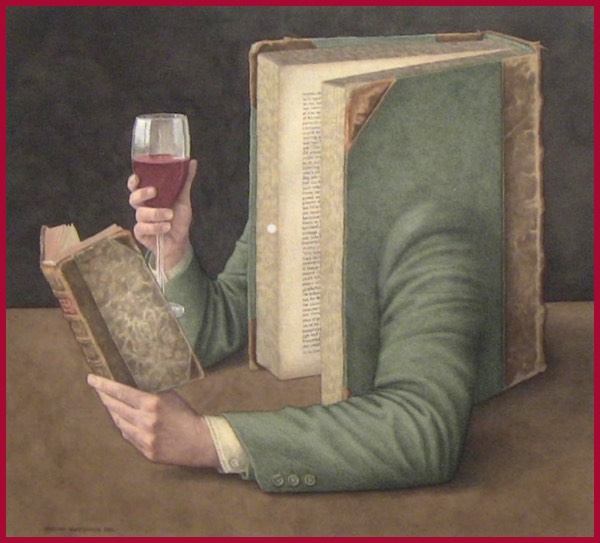What is Women's Fiction (with or without love story)?
According to Women's Fiction Writer's Association, Women's Fiction is a literary genre that focuses on an emotional journey that profoundly alters how a character sees the world and themselves.
Typically, but not always, the protagonist is a woman at a turning point in her life—being left for a younger woman, having a child die, or falling in love with someone other than her partner of many years. The book follows the character's feelings, realizations, and questions that are incited by the turning point.
Misconceptions and Exceptions
Some think the term Women's Fiction refers to fiction written by women, but it has nothing to do with the writer's gender. It's also misinterpreted as fiction about women, but it's just as often about a man's emotional journey. Unfortunately, the term Women’s Fiction sounds as if only women are interested in emotional journeys while men folk BBQ outside.
Women's Fiction vs. Romance
So how is Women’s Fiction with a splash of love story different from a Romance?
A Romance focuses on how the love relationship is conducted—how a couple overcomes external impediments to their relationship, what they do to stay together, how they conduct the affair.
Women's Fiction also addresses how characters conduct a relationship but focuses on the internal changes the characters undergo because they fell in (or out of) love.
More flippantly put: Characters in a Romance proclaim love to each other and don't change because they are perfect for one another. Characters in Women's Fiction question what has changed within them because they fell in (or out ) of love.
Romeo and Juliet as Romance
Shakespeare’s Romeo and Juliet is a Romance because Romeo and Juliet remain the same persons from the beginning to the end of the play. Neither one thinks they are doing anything wrong or that they need to change. The emphasis is on how they sneak around town avoiding pesky relatives. And on how they feel about each other, not on how they feel about themselves as individuals.
R & J is built on the premise that the circumstances, not the lovers, need to change. The tragedy happens because the lovers die when the circumstances don’t change. The audience’s sympathy is always with the immutable lovers.
Romeo and Juliet as Women's Fiction
If R & J were Women’s Fiction (forgive me, Shakespeare), Romeo would fall in love with the best man, come to terms with being gay, and buckle up his courage to elope with him.
Juliet would resent having to do what her family assumes she wants without once being consulted. She buffs up her courage to follow her dreams and becomes a pirate. (I think I just heard Shakespeare turn in his grave.)
Romance in the Time of Women's Fiction
In Women’s Fiction, the love story is what triggers a character’s transformation. It’s not the main feast, as it is in a Romance. It’s a side dish, however powerful it may be. Face it, being loved or being denied love is a very powerful motive for change.
In Women's Fiction, a character will declare love for his sweetie while questioning why he falls in love with people who only want his money. In a Romance, he might die trying to make an abusive relationship work because, well—love will change the abuser. In Women's Fiction, the protagonist undergoes an extended emotional journey in which she realizes he is a valuable person who deserves better. Then she moves out of the abusive relationship — into a caring relationship or on her own.
Personal Transformation and Genre Environs
Emotional journeys that result in personal transformations can happen to anyone, anywhere, and any time. Personal transformations can take place on earth, in space, in fantasies, in the wild West, in the past, in the future, right now. Any place. Any time. To any person. In any literary genre.
In book geek speak, Song of the Wooden Sparrow, is "Women's Fiction with a romantic element." This indicates a love story has something to do with a character's transformation. You can just as easily have "Women's Fiction with a paranormal element." That might indicate a ghost kicks off the transformation. (I'd certainly be transformed if I saw a ghost.)
Where is Women's Fiction in Bookstores?
The flexibility to dovetail with many genres is probably why most book stores don’t have a separate section for Woman’s Fiction.
"Women's Fiction with a vampire element" will most likely end up in the spooky story section, even if the vampire undergoes an emotional journey to accept that being the living dead might not be such a bad deal.
If you ask book clerks for Women’s Fiction, some might blink at you and ask, “You mean Chick lit? Romance? Drama?”
The clerks will be correct, even if they're befuddled.
For an excellent example of Women's Fiction with a love story element and a whopping transformation that happens to a guy, check out Song of the Wooden Sparrow by Isabel Tutaine.

